

This post is in partnership with Trusted Reviews. The article below was originally published at TrustedReviews.com.
When I picked the S6 Edge up a few weeks ago at Samsung’s launch event in Barcelona I was divided by the smartphone with the two curved screen edges. This is one of the best looking phones Samsung has built and it’s something the Korean company should be truly proud of.
From a practicality point of view and knowing how expensive the S6 Edge is going to be, I remain unconvinced two curved edges is really worth the extra money you’ll have to pay over the Galaxy S6.
My initial reaction on the design hasn’t really changed. The Gorilla Glass 4 back marries well with the screen and doesn’t have any of the slippery issues I’ve encountered with Sony’s flagship. It’s slim at 7mm thick and weighs just 132g so it’s lighter than the S6 and just ever so slightly thicker than Samsung’s other flagship, but not enough for you to notice. The buttons are well positioned and easy to reach while the improved Touch-ID style fingerprint technology packed into the home button are all welcome changes.
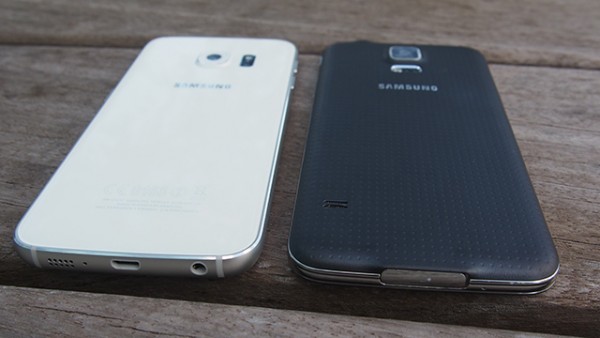
Did Samsung have to make such a radical change with the design? I’m not so sure. The Samsung Galaxy Note 4 and the Galaxy A5 has since proved that small changes can make the world of difference and I would have been happy with something in the mould of Samsung’s most recent phones.
It’s holding the handset where I take issue with the S6 Edge. Everyone will inevitably experience the initial awkwardness gripping the Edge, especially when we are so used to feeling the smooth metal trim of an iPhone or One M8. Unlike the Note Edge, the curved screen is now on both sides and is less prominent curving inwards into the body. It feels strange to hold and not as comfortable as the curved body on the LG G Flex 2, which sits more naturally in my hand. Some will inevitably grow accustomed to it, but I’m not the biggest fan.
Read more: Samsung Galaxy S6 vs S6 Edge: What’s different?
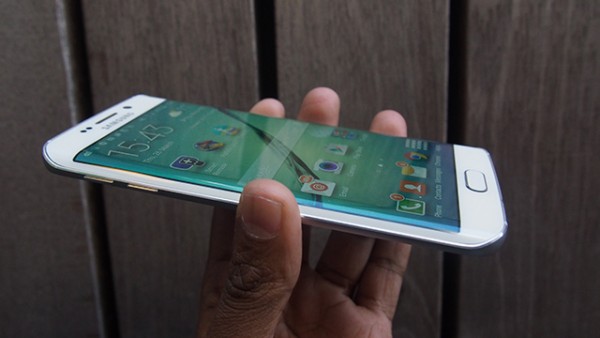
I have less of an issue with the decision to abandon a removable back and removable 2,800mAh battery to accommodate a sleeker, slimmer design but it’s the missing microSD card support that’s surprising. Samsung has decided to take the Apple approach by offering three storage options. However, there’s only a 64GB and 12GB models for the S6 Edge where the S6 has a cheaper 32GB option.
Something Samsung is really nailing is its smartphone screens. The Note 4 is one of the best phone screens I’ve seen and the S6 Edge builds on that with its 5.1-inch ‘2K’ QHD AMOLED screen. That sees a move from 1080p Full HD resolution to a 1,440 x 2,560 resolution with an impressive 577 PPI pixel density. It’s a gorgeous screen with great vibrancy, sharpness and delivers those deep blacks for movie watching. Compared to the HTC One M9’s screen, it’s certainly brighter and colors are more vivid. Both phone have great displays but the S6 Edge edges it for opting to include something more innovative. As a bonus, Samsung is also introducing a Gear VR headset that’s compatible with the S6 Edge and the S6, which should be launching some time this year.
Read more: Samsung Gear VR headset for S6 and S6 Edge hands-on
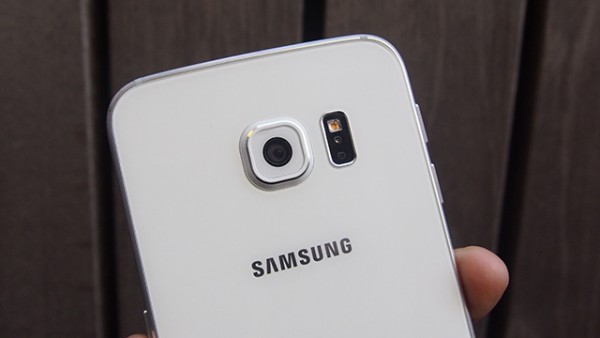
Away from the main screen are those curved edges. This builds on the design featured on the Galaxy Note Edge only this time you can assign features to either edge. Samsung has pared back some of the modes featured on the Note Edge for a simpler integration with the operating system, but has kept elements like the Information Stream. I’ve gone into detail about the uses of the curved screen on the S6 Edge and while some of the uses are clearly very gimmicking and likely to be untouched by most, there’s some that do add nice touches. Like the Lighting and the People Edge modes which can be combined to uses different colors to indicate when assigned contacts are trying to get in touch. The night clock mode is handy as well but the swiping gesture required to view notifications and information streams is temperamental.
Samsung has made some positive changes to its software. The S6 Edge runs on the latest version of Android 5.0 Lollipop with TouchWiz on top and the bloatware has finally been stripped back. Kid Mode, S Health, S Voice, and S Planner are there as well as, oddly, a Microsoft Apps folder. You can still swipe all the way to the left for the Magazine UX, but that’s about it. Samsung is also adding its Samsung Pay platform powered by the acquisition of LoopPay. Most importantly, Samsung has listened and kept bloatware to a bare minimum. Finally.
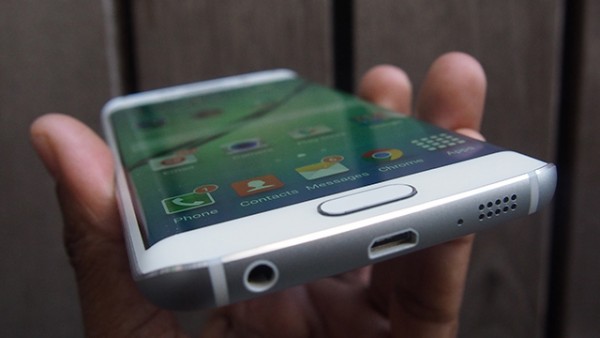
One of the big talking points with Samsung’s flagship phone launch is the decision to move from the Snapdragon-based processing power used on the S5 for the Korean company’s own custom built 64-bit Exynos octo-core chipset to sit alongside 3GB of RAM and a Mali-T760 GPU. The cores are not all utilized at the same time, but dedicated to different tasks to offer a more power-efficient performance. The big difference here with the Snapdragon 810 is the 14nm manufacturing process, compared to 20nm for the 810. In theory this makes the chip more efficient, though it bears closer inspection in real world use.
Read more: Octa core vs Quad core: What’s the difference?
General navigation is very positive. There’s no signs of lag, which is helped by the more streamlined TouchWiz UI and gaming holds up as well. Running the Geekbench 3 scores against the S5 and the One M9, you can get an idea of the kind of upgrade this is on last year’s flagship and how it compares to HTC’s flagship running on the new Snapdragon 810 chipset.
Samsung Galaxy S6 Edge benchmark scores
Geekbench 3 multi-core score: 4,152
Ice Storm Unlimited score: 21,829
Samsung Galaxy S5 benchmark scores
Geekbench 3 multi-core score: 3,029
Ice Storm Unlimited score: 19, 523
HTC One M9 benchmark scores
Geekbench 3 multi-core score: 3,800
Ice Storm Unlimited score: 21,625
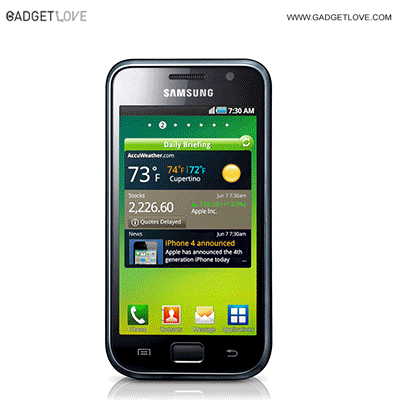
What the numbers suggest is that the S6 Edge is great deal more powerful than its predecessor and also comfortably outscores the One M9 at least in the multi-core benchmark tests. In the Ice Storm tests, which analyses graphical rendering and how well the phone copes when the CPU is overloaded, there’s not as much between them. Ultimately, the S6 Edge is a powerful phone and should be one and the decision to abandon Qualcomm might not be a bad decision after all.

Moving to the camera and the S5 has arguably one of the best all-round cameras out of the 2014 flagships and the same can similarly be said of the Note 4, which inherited the same optical image stabilization. The S6 Edge matches the S6 for camera features with a 16-megapixel main camera and five-megapixel front-facing camera both with f/1.9 lenses to improve low light shooting. That’s aided by the inclusion of optical image stabilization and a new real-time HDR mode. For video, you can shoot at a maximum 4K resolution, but like the HTC One M9 and the LG G Flex 2, you can only shoot for five minutes at a time.
I’ve had some time to take a few sample shots up close and from a distance against the S5 in good lighting conditions to give you an idea of how it compares. As the images show below, there doesn’t appear to be a significant upgrade in image quality. You still get good levels of sharpness, vibrant, accurate colours and not too much noise. The real improvements should be more apparent in low-light shooting, which will be covered more extensively in the full review.
S5 vs S6 Edge: Close-up image samples


S5 vs S6 Edge: Landscape image samples
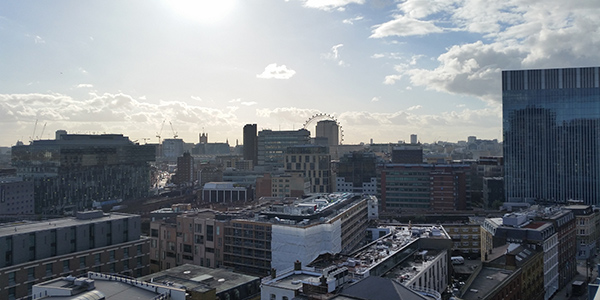
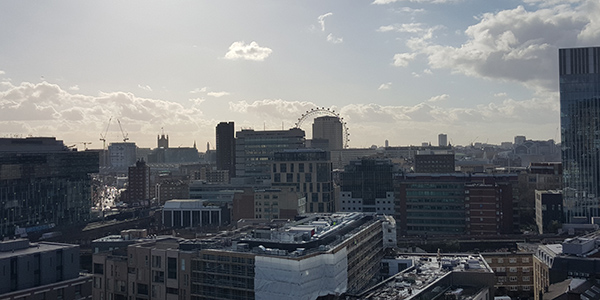
Read more: Where can I buy the Samsung Galaxy S6/S6 Edge?
Early Verdict
The S6 Edge is undeniably going to be the more memorable of Samsung’s two flagships. While one looks like an iPhone imitator, the other is trying to offer something radically different. The curved edged screen from a design and practicality perspective is still very unconvincing and I don’t think everyone will like how it feels to hold and use. Dropping micro SD card support is disappointing as well while I’m intrigued to see what the battery life is made of and hope it performs better than the One M9 in general day-to-day use.
What’s more concerning is the price of the S6 Edge. It’s going to be one of the most expensive phones on the market whether you buy it SIM-free or on a monthly contract. It’s going to be a hard sell justifying paying significantly more than it costs to buy an S6 or pretty much any other flagship phone currently available for a nicer-looking curved screen. Where the 32GB S6 cost $679.92 from T-Mobile, the 64GB S6 Edge costs a massive $779.76. If Samsung decides to introduce a 32GB model then it this could be the more desirable of the Samsung flagships, but right now, it’s going to be an expensive investment.
For the original article, please go to TrustedReviews.com.
Read next: You’ll Be Freaked Out to Learn How Often Your Apps Share Your Location
More Must-Reads from TIME
- Donald Trump Is TIME's 2024 Person of the Year
- Why We Chose Trump as Person of the Year
- Is Intermittent Fasting Good or Bad for You?
- The 100 Must-Read Books of 2024
- The 20 Best Christmas TV Episodes
- Column: If Optimism Feels Ridiculous Now, Try Hope
- The Future of Climate Action Is Trade Policy
- Merle Bombardieri Is Helping People Make the Baby Decision
Contact us at letters@time.com